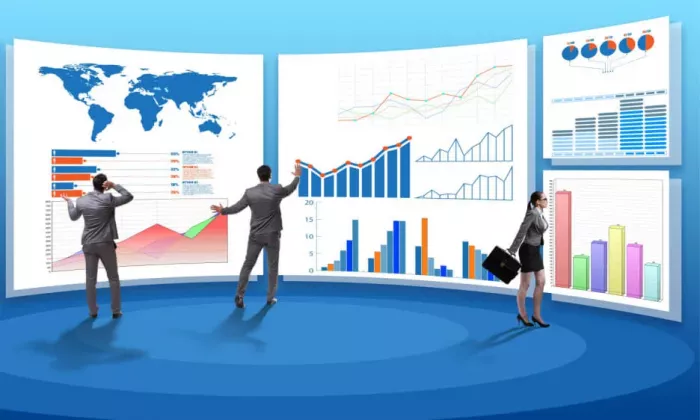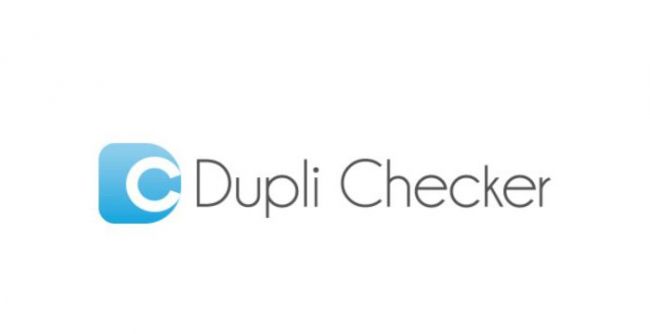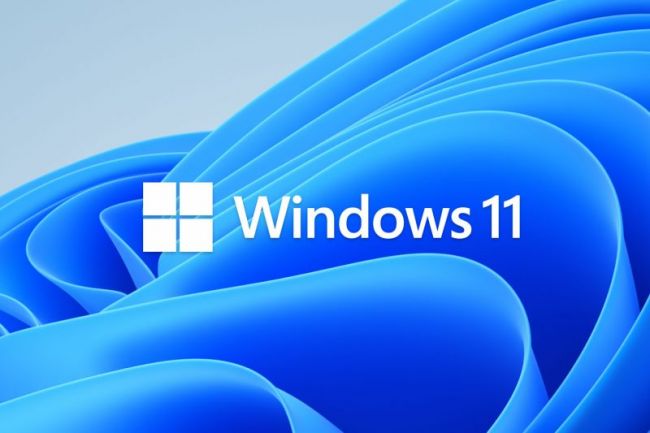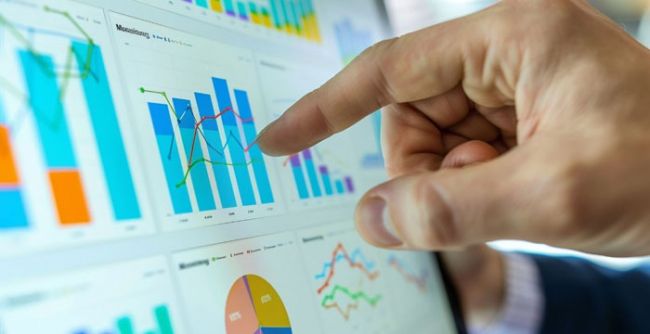Raw data alone is not going to create the audience's imagination in this new data-driven world. It is the power to take that data and turn it into visual stories that resonate with the viewers, where the real impact has been created.
Whether a meeting presentation, a sales pitch, or a conference presentation, the transformation of analytics to compelling visual narratives may only capture the imagination of the audience for the message being conveyed.
This paper examines the path from data analysis to show-stopping presentations that leave a long-lasting impact on the audience.
Coming to know the Power of Visual Storytelling
Visual storytelling powerfully uses images, charts, and diagrams to express intricate data in clear and concise action, instead of getting through endless numbers in spreadsheets.
The use of visual elements which can be combined with data analysis services and created by various AI tools makes data very relatable and easier to understand so that complicated concepts become easier to understand. In a short span of just a few seconds, the audience can get a grasp of the key message.
Visualization of data means taking the number behind a pretty picture rather than telling a story to support your main argument to connect emotionally with the audience, making it easier to understand the information.
That's why changing analytics into a visual story is an art, and it can be used to create influence through presentations.
Why You Need Data Visualization in Presentations

The human brain processes images 60,000 times faster than text, so data visualization is a critical tool in presentations. Data visualization is quite simple because:
- Simplify complex data: Complex data is reduced to a simple understandable amount, thus doing away with reading endless reports by the audience.
- Trends and insights are highlighted: Images or graphs may reveal trends that might not be achieved from raw data.
- Engages the audience: Visuals attract the audience's attention more than raw numbers.
- Increase retention: It is easier for the information given to be recalled when presented visually.
Presenters can make sure that the audience remains focused, receives crucial insights, and retains more of the information being shared by using well-designed visuals.
How to Convert Data into Visual Narratives
1. Know your audience
Identify who will be viewing your data. Are they business leaders? Analysts? Marketing professionals? The detail level and the type of graph used will be driven much more by the background and expertise of your viewers. You have this knowledge ahead of time, so you can inform your selection of key data points and visualization methods.
2. Identify Key Insights
Raw data contains much more information than will be useful for your presentation. Identify at first the insights that are relevant to your story. What are those key trends, patterns, or anomalies? Stick only to these points filter out irrelevant data and make sure that the visual narrative remains clear and concise.
3. Right Choice of Visual Format
Once you have selected the critical insights, you now need to pick the right visualization type. The choice of visualization is bound to the data type. For example:
- Bar graphs- Use to compare categories
- Line graphs- Very helpful in showing trends over time
- Pie charts- Useful in showing parts of a whole.
- Heatmaps- Perfect for showing intensity or frequency across two dimensions.
The type of chart or graph will determine the clarity of your message as well as whether data could easily be digested by your audience.
4. Using AI for Creating Presentations
With the advancing AI tools such as a ppt maker AI, therefore, creating professional presentations has become easier. Several AI-based platforms exist and help to convert data into really very neat, even visually appealing forms with little effort - just click here and then there. An AI presentation maker perhaps is one of the tools that might help create a more automated presentation, focusing on the story behind the data in hand.
The design factor is simplified using AI tools, such that your visuals are uniform, attractive, and targeted at the best possible viewer engagement. In addition, these tools can also give you templates and suggestions on how to build up your presentation, hence saving precious time.
5. Engage a Little Better by Adding Some Narration
After preparing your visual story, narration through either a personal or professional voiceover can really be the icing on the cake of your presentation. By presenting this data in your own words, you can present your findings in a much better way to your audience.
With advancements in voice cloning, users can now create voiceovers that are easily interpreted as natural and engaging voices.
Voice narration brings your data to life. It makes it come alive and presents your presentation in an interactive way. It gives a flavor of personality by communicating to the audience emotionally, an absolute must in order to drive your message home.
Best Practices in Presenting Visual Stories
1. Be Consistent
Ensure the consistency of your presentation by maintaining uniformity in color schemes, fonts, and visual styles in your slides. Your audience will pay less attention to design variations when they are uniform.
2. Let Contrast Work Wisely
Images should therefore have contrast to aid in projecting an important message. You may use color contrast to draw the attention of viewers to key trends, comparisons, or conclusions. However, you must do so very sparingly so that you do not overload the audience. For it, you may use image editing tools.
3. Avoid Overloading Slides
One of the most critical mistakes when generating data presentations is the attempt to stuff too many ideas into one slide. Practice keeping your slides clean and simple using necessary visuals and text only. It's always better to have several focused, clear points on multiple slides rather than a single slide with too much data in it.
4. Data Integrity Practice
Keep in mind that the information you are presenting must be true and not tampered with. Manipulated graphics or overstated data may mar your credibility. Always stay transparent and be prepared to defend the data in case people need sources or documentation.
Tools and Resources for Data Visualization
Apart from AI-facilitated presentation makers, there are many more tools that can complement your efforts in the area of data visualization:
- Tableau: It is the most interactive data visualization tool, which helps you create dashboards with interactivity.
- Power BI: Microsoft business analytics tool. Using this tool, a user can visualize data and share insights.
- Google Data Studio: Free-of-cost tool that allows creating custom reports based on multiple data sets created by Google.
Transformation of raw data into lively, interactive visual stories, making it easier to communicate insights effectively.
Visual Stories Effects on Decision-Making
It all boils down to creating compelling data storytelling that prompts action. An attractive composition will only allow one to be clear, and with a quick glance at the data, stakeholders will make intelligent choices. It is a matter of winning or losing a presentable proposal for senior management, investors, or clients if one's communication works through applied visual storytelling.
Conclusion
In the world of presentation, data alone is not enough. Turning raw analytics into interesting visual stories is actually the only way complex data can be rendered accessible and understandable. You will, therefore be able to provide presentations that are not only visually appealing but emotionally engaging, through the use of AI-powered tools and voice cloning technologies that can make enhancements to your presentations. If done right, then the data visualization conducted by you may lead to effective communication, effective decision-making, and, therefore successful outcomes.
Post Comment
Be the first to post comment!
Related Articles

Why Tech Pros Are Obsessed with Poker
Apr 21, 2025


